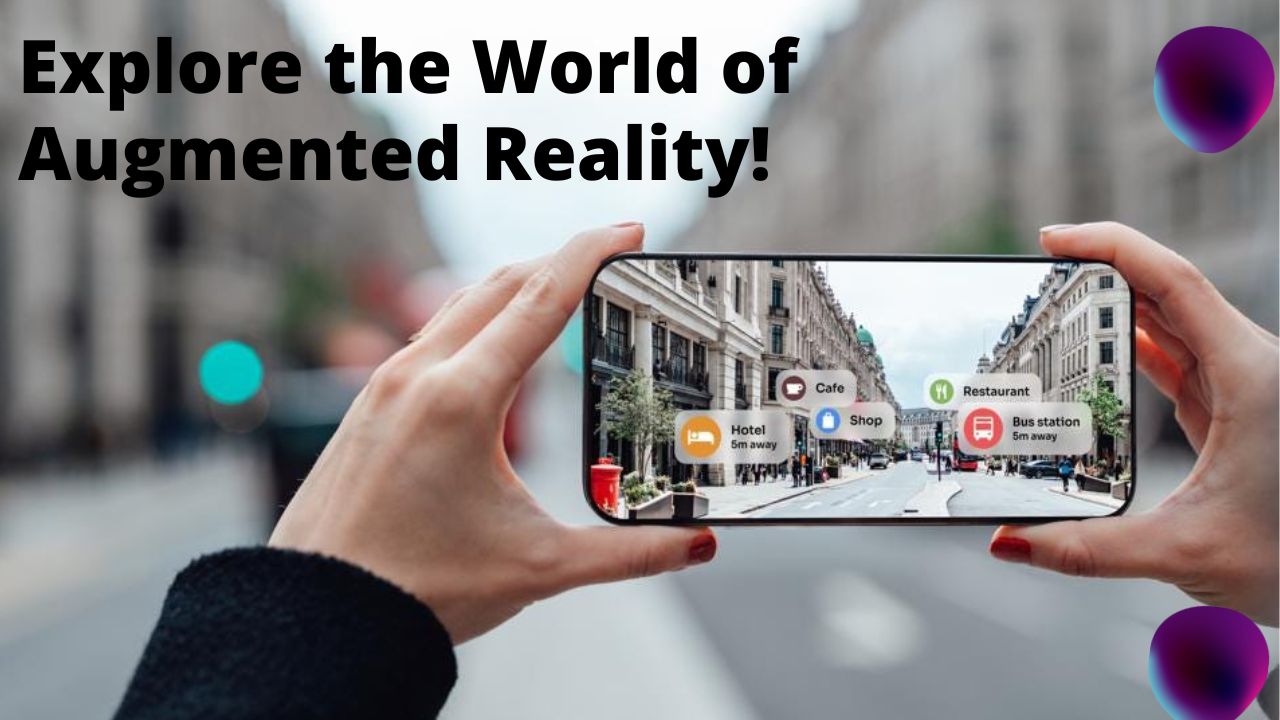Augmented Reality (AR) is a technology that enhances the real world with digital content, overlaying information and interactive elements in real time. Unlike virtual reality, which creates a completely artificial environment, AR merges the physical world with virtual content, creating an experience that blends both environments.
Augmented Reality has a wide range of potential uses, from gaming and entertainment to education and commerce. The gaming industry has been quick to embrace AR, with games like Pokemon Go, Ingress and Harry Potter: Wizards Unite becoming popular among players. In entertainment, AR has been used to create interactive experiences, such as the well-known Snapchat filters.
In education, Augmented Reality has the potential to change the way students learn. With AR, students can interact with virtual objects and simulations, gaining hands-on experience in a controlled environment. This can be especially useful in science, engineering, and math courses where students can experiment with virtual simulations and models.
AR can also be used in commerce to enhance the shopping experience. For example, furniture retailers can use AR to show customers how a piece of furniture would look in their home before they make a purchase. Augmented Reality can also be used for online product visualization, allowing customers to see how a product would look in real life before buying.
Another important aspect of AR is its potential for improving accessibility. For people with disabilities, AR can provide important information and assistive technology in real time. For example, an AR device could provide navigation information for the visually impaired, or display subtitled text for the hearing impaired.
AR technology is still in its early stages of development, but the potential for growth is enormous. One of the biggest challenges facing Augmented Reality is the need for greater hardware compatibility. Currently, AR requires special hardware, such as head-mounted displays or smartphones, to work effectively. In order for AR to become more widespread, there needs to be a shift toward creating more accessible and affordable AR technology.
There are also privacy and security concerns associated with AR. As AR technology becomes more widespread, it will become increasingly important to protect users’ privacy and ensure that personal data is not misused. There is also a need for regulations to ensure that AR technology is used responsibly and ethically.
Despite these challenges, AR has the potential to revolutionize the way we live and work. The possibilities for AR are limited only by our imagination. Whether it is used for gaming, education, commerce, or accessibility, AR is sure to change the world in ways we can’t yet imagine.
In conclusion, AR has the potential to enhance our lives in many different ways. While there are still challenges to be overcome, the future of Augmented Reality is bright, and it is poised to change the way we interact with technology and the world around us. As the technology continues to develop, it will be interesting to see how it continues to shape our future.













